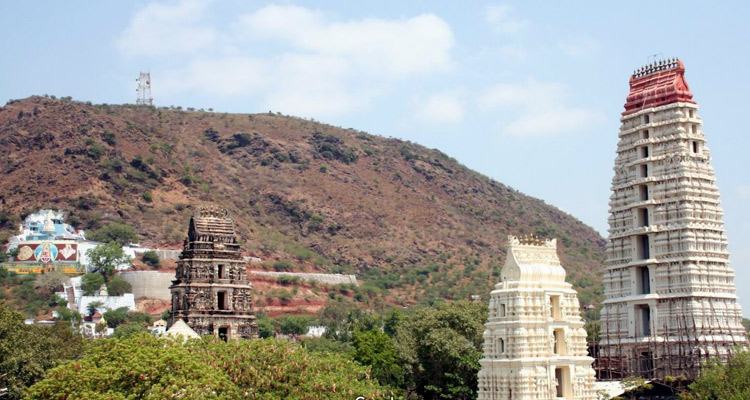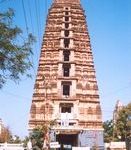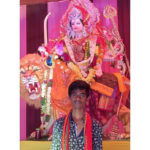
Today Closed UTC+5.5
09:30 AM - 06:30 PM
-
Monday
09:30 AM - 06:30 PM
-
Tuesday
09:30 AM - 06:30 PM
-
Wednesday
09:30 AM - 06:30 PM
-
Thursday
09:30 AM - 06:30 PM
-
Friday
09:30 AM - 06:30 PM
-
Saturday
09:30 AM - 06:30 PM
-
Sunday
09:30 AM - 06:30 PM



